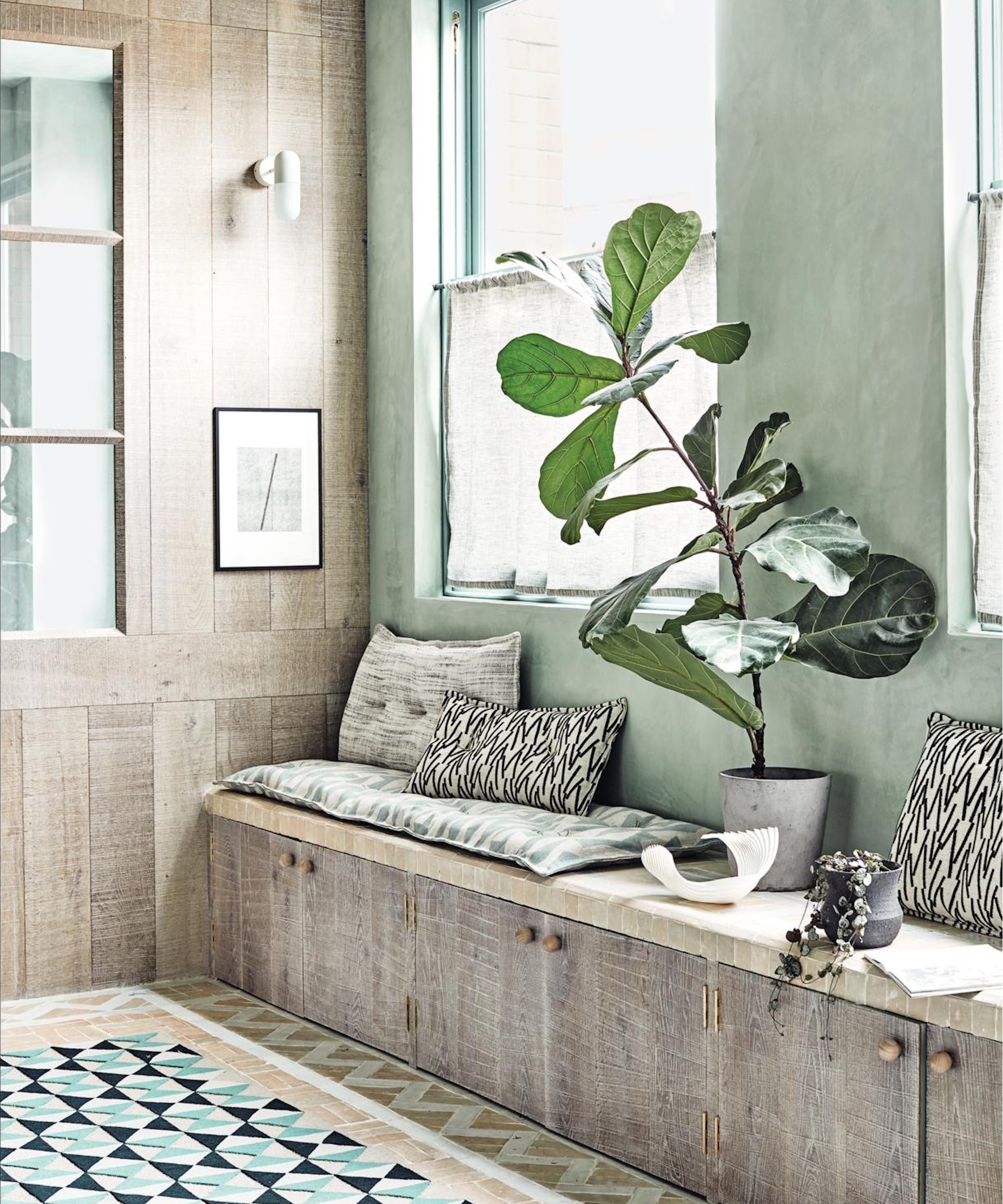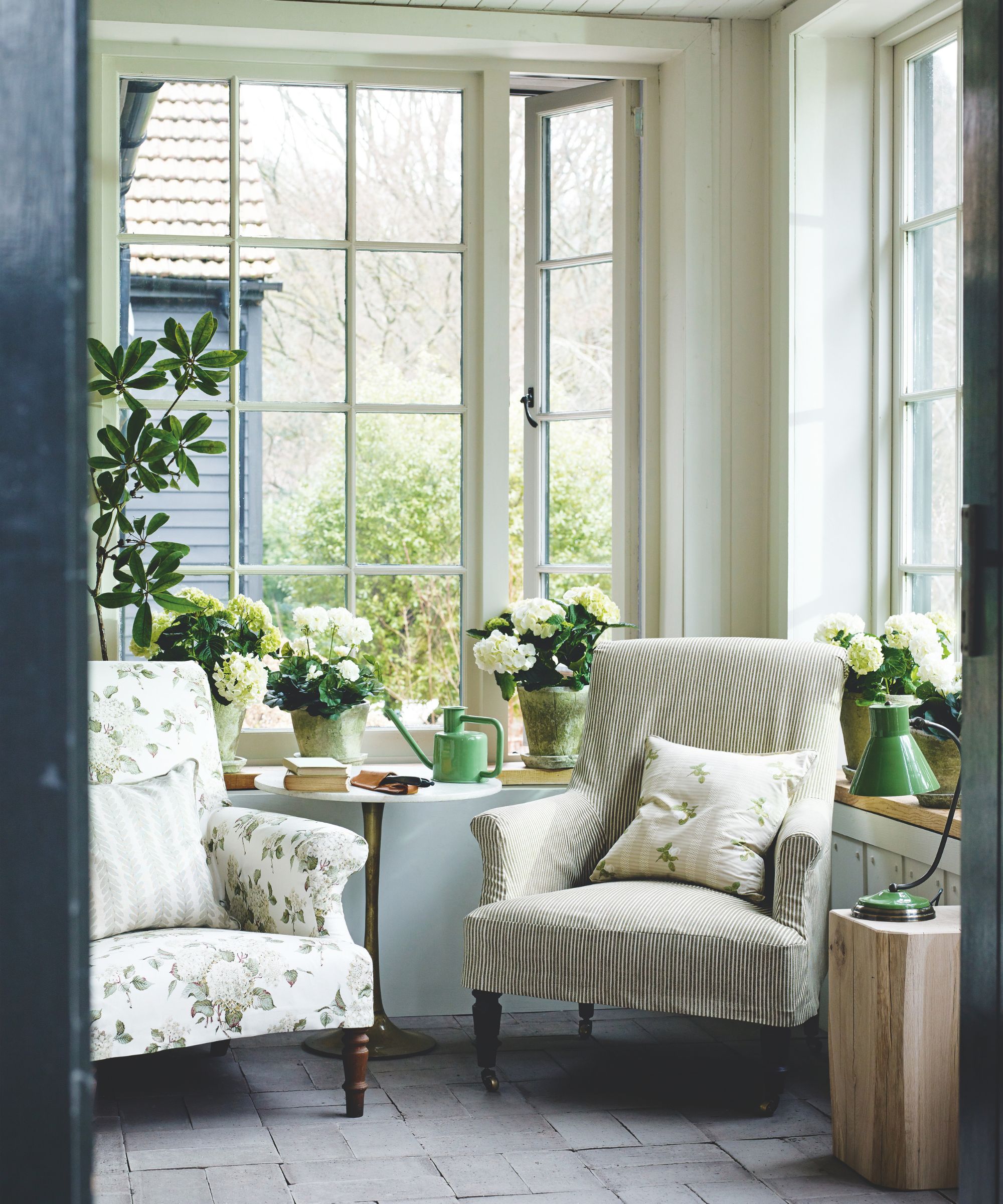This task you're forgetting is the reason your houseplants are struggling – it takes 2 minutes and all you need is a fork
Houseplant soil aeration is key to promoting healthy root development


I have a large houseplant collection of over 20 different types of plants and although I'm now confident in how to correctly care for each one of them, I have to admit it took making a few mistakes to learn proper houseplant care. One of the most important lessons I've learned? Paying attention to houseplant soil.
When it comes to indoor plant care, I've discovered there is so much houseplant soil can tell you about the health of your plants. In particular, if your houseplant soil is loose and well aerated, you can be sure plant roots are living in a healthy environment. Compacted soil, on the the other hand, can provide a too-wet environment for roots and restrict airflow, leading to a whole range of issues.
But don't worry if you haven't been aerating your houseplant soil, it's easy to do and doesn't require expensive tools or a lot of time to do. Here's how you can aerate houseplant soil and avoid making this common indoor plant mistake going forward.
Why you need to aerate houseplant soil

There are a few reasons why you need to aerate houseplant soil: drainage, airflow, and better moisture uptake. All of these factors help keep common houseplant pests and diseases at bay, overall supporting healthy plant growth.
Even if you use the best potting soil for indoor plants – i.e. one with ingredients to provide plenty of air pockets and drainage, like this Miracle-Gro houseplant soil from Amazon – you need to continue making efforts to aerate it.
This is because over time potting mix can become compacted. One giveaway I observe is compacted soil's inability to absorb water, or it absorbs water really slowly. If after watering your houseplants you find a pool of water sits on the surface, it's a sign your soil could do with aerating.
As well as struggling to absorb water, compacted houseplant soil can also trap too much moisture. This means your houseplant is subject to a lack of drainage. The risks here are houseplant root rot, fungal diseases, and even attracting pests like fungus gnats.
Design expertise in your inbox – from inspiring decorating ideas and beautiful celebrity homes to practical gardening advice and shopping round-ups.
When compacted, houseplant roots tend to also be trapped in an air-tight environment where they have little-to-no access to oxygen. Oxygen is needed for roots to break down sugars and turn it into energy to support plant growth.
For these reasons, aerated houseplant soil is essential in promoting longer-lasting houseplant health. In my experience, I also notice much more plant growth when I keep on top of aerating houseplant soil.
How to aerate houseplant soil

The good news is, it's really easy to aerate houseplant soil. All you need is something like a fork or chopstick, or you could use these mini houseplant tools from Amazon which I personally find handy to have in my plant care kit.
Insert your tool of choice into the soil and gently wiggle it to loosen the soil. Make sure to do this all around your houseplant's pot and take care not to damage or tear any roots in the process.
It's as simple as that. This action adds air pockets, much in the same way as aerating a lawn.
The circumstance in which this may not be enough is when your houseplant soil has become too compacted. I usually take this as a sign the plant soil not only needs aerating but also repotting. You can test this by lifting your plant out of its pot and observing if the roots have a lack of room to grow.
This is actually the perfect opportunity to give your houseplants fresh potting soil and maintain aeration going forward. You can even amend your potting soil with perlite (from Amazon) and plant pebbles (from Amazon) to increase drainage and air pockets.
After you aerate houseplant soil, or repot you houseplant with fresh soil, make sure to water well to help houseplant roots settle.
FAQs
Can you add sand to houseplant soil for aeration?
Yes, you can add coarse sand (from Amazon) to houseplant soil as an amendment for improved aeration and drainage. But, it's important not to use too much as this ingredient may not contain all the essential plant nutrients needed for your houseplants.
For this reason, it's best to research the soil type your specific houseplants need and amend the soil accordingly. For example, you might find perlite is a better option over sand.
Keeping houseplant soil aerated is one of the reasons I now make DIY potting mix for some of my plants, choosing the best ingredients to provide aeration. If you're also interested in doing this, check out my guide to making your own orchid potting mix and making your own peace lily potting mix.

Tenielle is a Gardens Content Editor at Homes & Gardens. She holds a qualification in MA Magazine Journalism and has over six years of journalistic experience. Before coming to Homes & Gardens, Tenielle was in the editorial department at the Royal Horticultural Society and worked on The Garden magazine. As our in-house houseplant expert, Tenielle writes on a range of solutions to houseplant problems, as well as other 'how to' guides, inspiring garden projects, and the latest gardening news. When she isn't writing, Tenielle can be found propagating her ever-growing collection of indoor plants, helping others overcome common houseplant pests and diseases, volunteering at a local gardening club, and attending gardening workshops, like a composting masterclass.
You must confirm your public display name before commenting
Please logout and then login again, you will then be prompted to enter your display name.